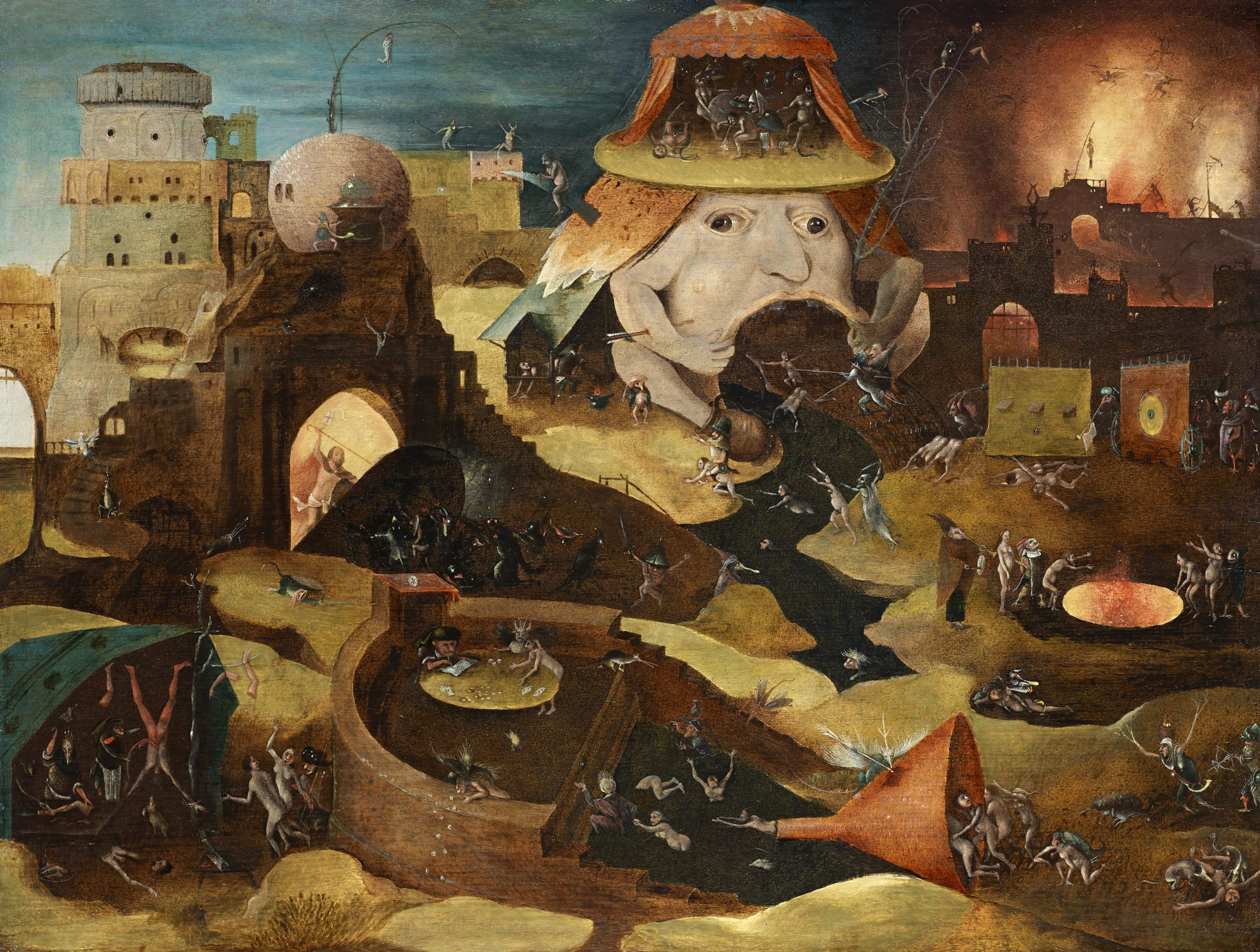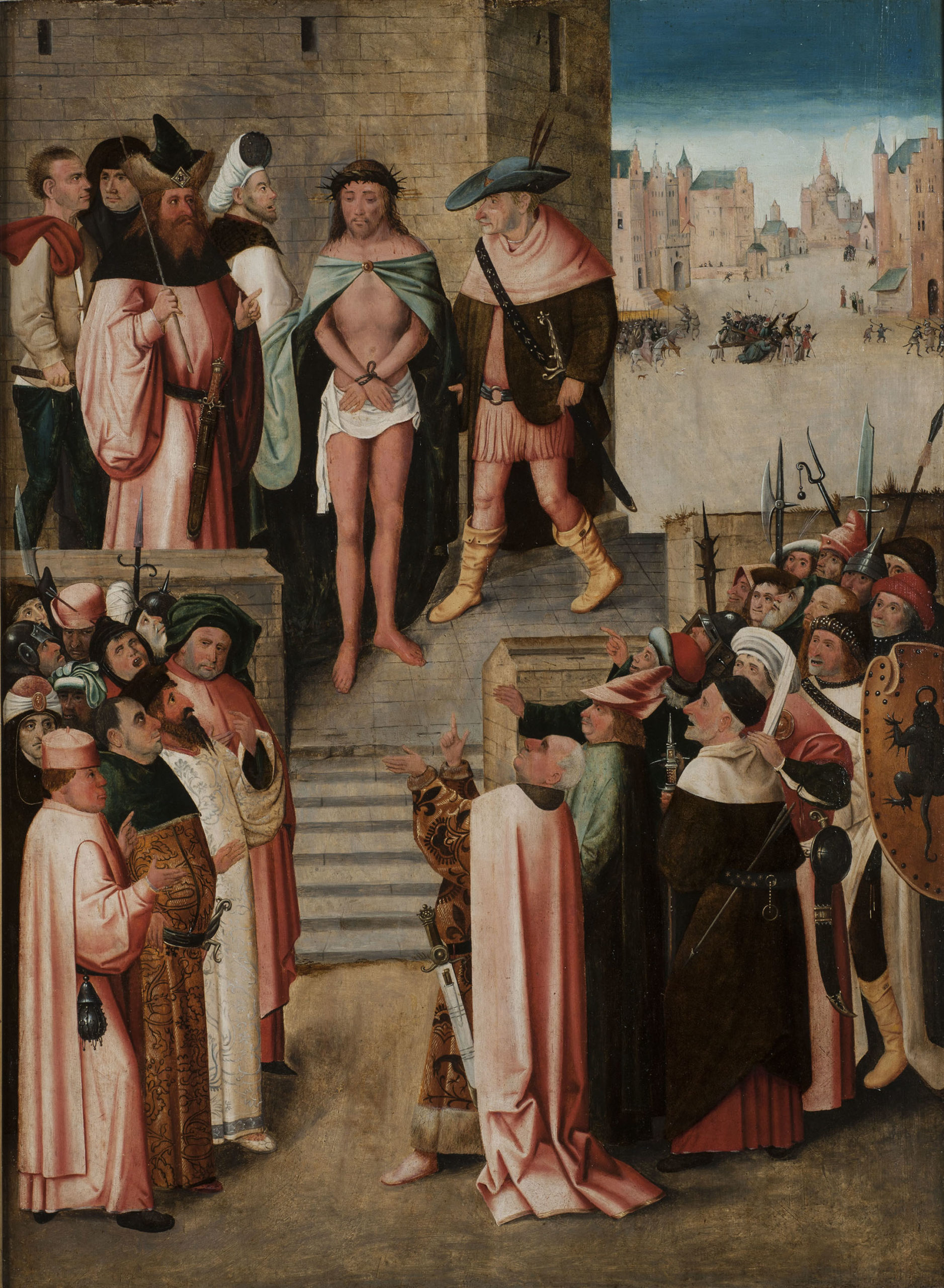
Follower of Hieronymus Bosch
Biography
ContextFew details have survived concerning the career of Hieronymus van Aeken, better known as Bosch, and therefore we are unable to firmly establish the biography of this great 15th century Flemish master. He acquired the nickname Bosch from the Brabant name of his home town, 's-Hertogenbosch. The accounting archives of the Illustre Lieve Vrouwe Broederschap reveal that he painted the decorations in St. John’s Cathedral there, including vast paintings of the Old Testament such as Solomon Honouring his Mother Bathsheba and Mordecai and Esther.
While there is no formal documentary proof, it is highly likely that the painter spent time in Spain. Furthermore, King Philip II greatly appreciated the artist’s work and acquired The Last Judgement from him as well as several other works from private collections. The paintings executed by Bosch form a body of work of great importance for the history of art. This collection introduces a new vocabulary populated with hybrid creatures inspired by the mediaeval bestiary and monsters, thus bringing to life a certain Manichaean vision of hell and paradise, as well as the consequences of sin and terrestrial suffering. These new scenes teeming with details were generally contained within a large format and expressed a certain moralising spirit in a period announcing the religious turmoil of the end of the Middle Ages and the beginning of the Renaissance. It is this vision that we find in the great triptych, The Garden of Delights, painted ca. 1500-1505 at the end of Bosch’s career. It portrays paradise and the Garden of Eden, hell and life on earth, teeming with characters engaged in activities whose meaning is still generally a mystery. The Haywain, in reference to a famous Flemish saying, is also part of this work, a metaphor for sin and the ephemeral nature of human life; to this must also be added the great triptych of the Temptations of St Anthony kept at the museum in Lisbon. More than an allegory, the work of Bosch bears witness to a keen analysis of man and his activities through small paintings. Bosch’s universe was continued by his followers such as Jan Mandijn (Haarlem 1502-1560) and Pieter Huys (Antwerp 1519-1584), who reinterpreted the painter’s vocabulary in their own style. Some subjects such as 'the parable of the blind' also belong to the repertoire of Pieter Brueghel the Elder (Brueghel 1525 – Brussels 1569); his work has several points in common with Bosch’s painting in that it endeavoured to convey a cutting view of the society of their day.


 Ecce Homo
Ecce Homo
 Christ in Limbo
Christ in Limbo
